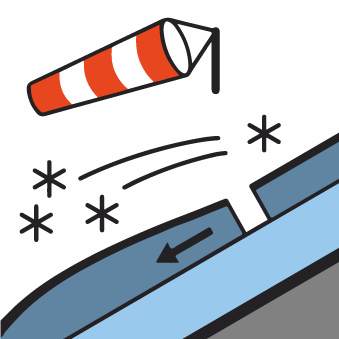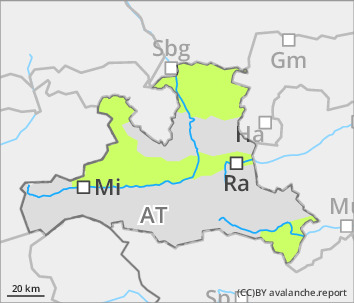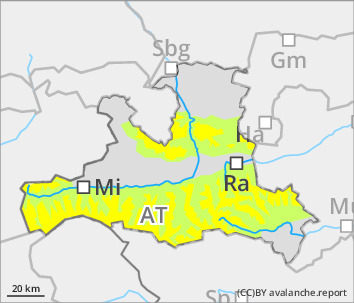
Danger level
 | 2000m |
| 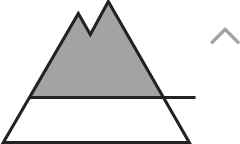 |
| 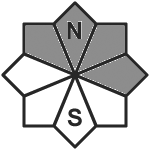 |

Caution: freshly generated snowdrift accumulations
Avalanche danger above 2000m is moderate, below that altitude danger is low. Fresh snowdrift accumulations are already triggerable even by minimum additional loading, if there is sufficient snowfall medium-sized avalanches are possible. Danger zones will increase in frequency as the day progresses, occur esp. in very shady gullies and bowls distant from ridgelines on NW/N/E facing slopes. Avalanches in the old snow above 2200m are isolated, possible only in extremely steep terrain on north-facing slopes. In isolated cases small to medium sized glide-snow avalanches are possible.
Snowpack
Steep shady slopes above 2000m: up to 30 cm of fresh snow lies deposited on a metamorphosed surface. In transitions from old to fresh fallen snow and inside the snowdrift accumulations, weak layers can be generated. On sunny slopes and at lower altitudes, the bonding of fresh fallen snow to the old snowpack is generally good, weak layers are found only inside the newly generated drifts. Weak layers in the lowermost part of the snowpack are no longer likely to trigger.
Tendency
Snowdrift accumulations proneness to triggering will gradually recede
